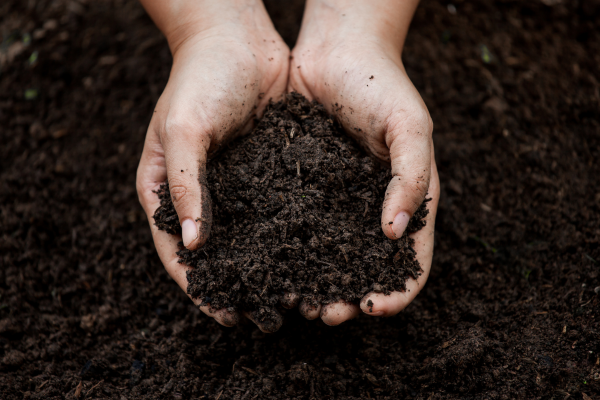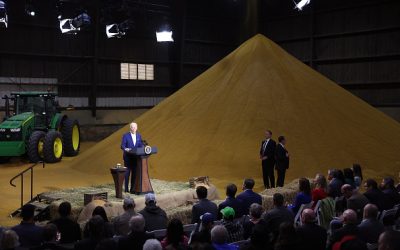SGN!
Some good news, or perhaps some surprising news.
As global temperatures have been on the rise, one might guess that soil moisture might be on the decline—but quite the contrary.
A recent study has found that between 2011 and 2020, soil across the continental U.S. was 57% wetter.
Make it make sense. A warmer atmosphere can hold more water vapor. When the atmosphere holds more water vapor it produces more precipitation.
This latest study from Harvard University illustrates that rainfall, not temperature, is the MVP in determining soil moisture changes.
CO2 fertilization helps. While warmer temperatures can dry soils out, CO2 fertilization has helped, as it encourages plants to become more efficient water users.
But this is secondary: precipitation is still the answer in the soil moisture equation.
Can we guarantee that soil moisture will continue to increase as temperatures rise?
Unfortunately it’s not that simple.
Soundbite: “With uncertainties in the interannual variability of rainfall and uncertainties in predictions of long-term rainfall, it’s virtually impossible to predict soil moisture in the coming decades.” — Harvard Professor Peter Huybers
Dollars for Double-Croppers
Biden is tryin’ to keep wheat on the table and pull dollars out of the grocery bill in one fell...
E15 Extravaganza
Summer’s just around the corner, and you know what that means… Swimming pools, barbecues, and more...
Burger King of Cattle and Climate
When Burger King isn’t getting into Twitter wars with Wendy’s, they’re supporting cattle ranchers....




